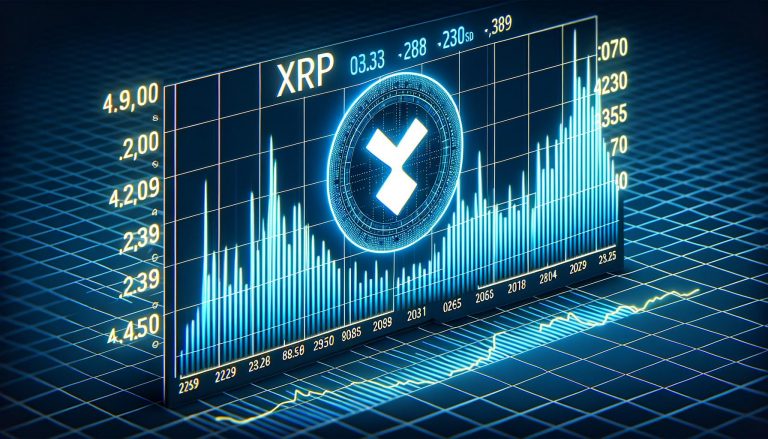 West Yorkshire Archaeology Advisory Service
West Yorkshire Archaeology Advisory ServiceA tiny Sutton Hoo-era gold and garnet mount for an Anglo-Saxon warrior’s sword belt has been found during a metal detecting event.
Treasure expert Helen Geake described the find as one of “probably less than a dozen in the country” and “only the fifth” on the British Museum’s Portable Antiquities database.
The late 6th to early 7th Century mount, or boss, was unearthed during an event organised by Digging History UK near King’s Lynn, Norfolk.
Paul Mortimer, who has created replicas of weapons found at Sutton Hoo, in Suffolk – where an Anglo-Saxon burial ship was discovered – said it probably attached a sword scabbard to a warrior’s belt “with some form of very thin fabric or leather”.
“Swords are usually detachable from the belts in some way and it [the boss] was probably used to help attach the belt to the sword – that’s what I’ve done with the Sutton Hoo replica,” said the retired teacher, who lives near Chelmsford in Essex.
 Paul Mortimer
Paul MortimerThe boss would have been mounted on to a thick rim of white organic material such as bone, ivory or antler, which has long since vanished.
Dr Geake, who is Norfolk’s finds liaison officer, said there is little evidence of how they would have been used – which is why Mr Mortimer’s research is helpful.
“They are never identical – even the two found on the Sutton Hoo sword are slightly different from each other,” she added.
She speculated it might have been a peace band, which were referenced in the Norse Sagas. The sagas retell stories from the Viking era, but were written hundreds of years after the events, from 1200 onwards.
“Unfastening a peace band is something you had to do before taking a sword out of a scabbard… to make someone go through a step before taking out their sword, to stop violence erupting quickly,” Dr Geake said.

But Mr Mortimer said: “I think it’s possible to speculate it’s about eyes – one of the early writers called the bosses, on their white backing, the eye of the sword, which I think is a fairly good insight.”
He has written a paper with Neil Price, currently professor of archaeology at the University of Uppsala, Sweden, about ritual depictions of the one-eyed Norse god Odin.
As Sutton Hoo is “exceptional in having two bosses”, he wondered if most swords would have had just the one – “honouring the eye of the god”, he said.
Norwich Castle Museum & Gallery hopes to acquire it.
 West Yorkshire Archaeology Advisory Service
West Yorkshire Archaeology Advisory Service




























+ There are no comments
Add yours